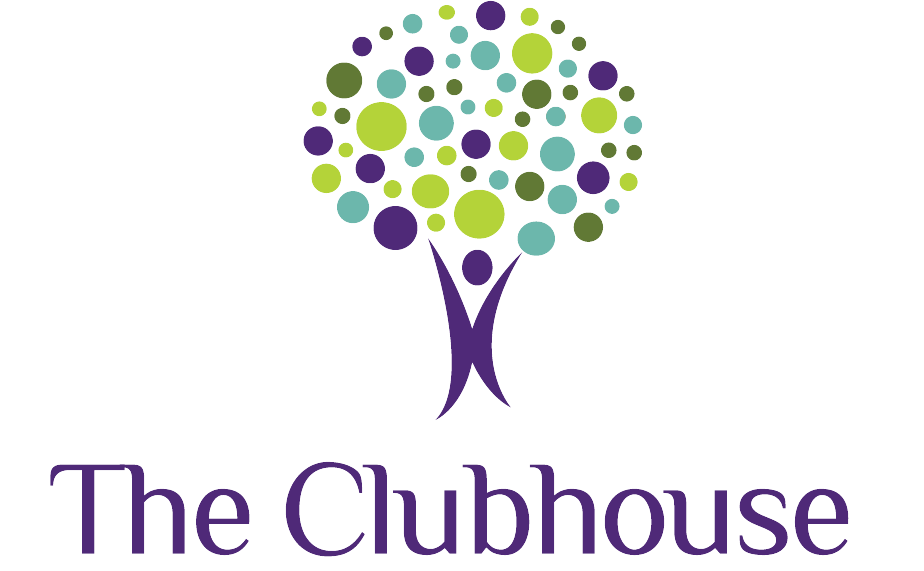By Jean Nham, O.D., Optometrist and Owner at Uptown Family Vision
Did you know that up to 25% off all school age children have vision problems significant enough to impair academic performance? Some children may have 20/20 vision yet still have a vision problem. Problems with eye teaming, tracking, or focusing could cause words to look like this:
Can you imagine trying to read an entire page, let alone an entire book, if the words looked like this? These types of vision problems can often go undetected during vision screenings, which are typically designed to check eye sight as measured by the 20/20 line on the eye chart.
In addition to eye sight, there are four other major aspects of vision that are essential to reading:
- Focusing – the ability to keep images clear at all distances
- Tracking – the ability to keep the eyes on a target
- Eye teaming – the ability of the eyes to work together to see a single image
- Visual perception– how the brain interprets and identifies visual information
If any of these areas of vision are lacking, this may result in your child having to work harder, causing eyestrain, headaches, and fatigue. As parents and educators, it is so important to look out for red flags that may indicate a vision problem.
Common symptoms of vision problems include:
- Reading below grade level
- Loss of place when reading
- Poor comprehension
- Avoidance of reading or close work
- Fatigue when reading or doing homework
- Difficulty copying from the board
- Complaints of blurry or double vision
- Headaches with reading or schoolwork
During an eye examination, your optometrist will be able to uncover vision problems that could be causing any of the above symptoms. Treatment may include glasses, vision therapy, or both. Vision therapy is a customized sequence of activities prescribed by a doctor of optometry and designed to develop efficient visual skills and processing. Similar to other forms of therapy, the goal of vision therapy is to learn to use the eyes and brain together effectively and, as a result, improve your child’s quality of life.
_____________________
Resources:
College of Optometrists in Vision Development – covd.org
American Optometric Association – aoa.org
